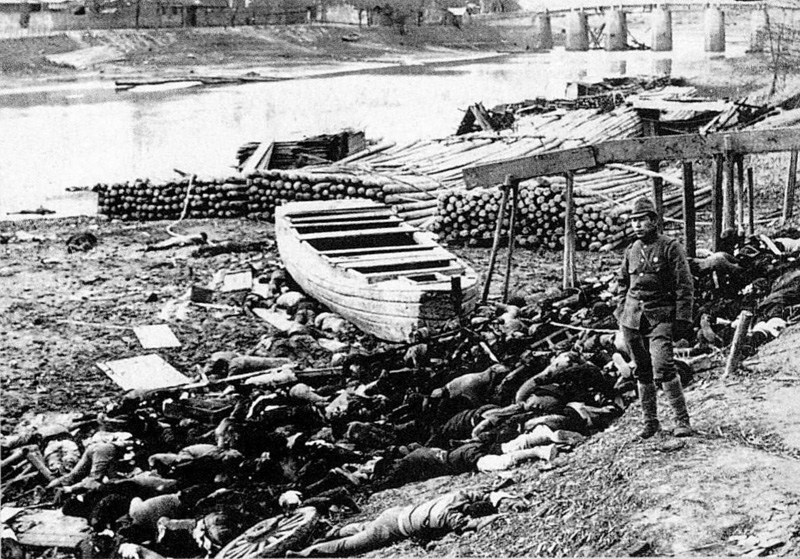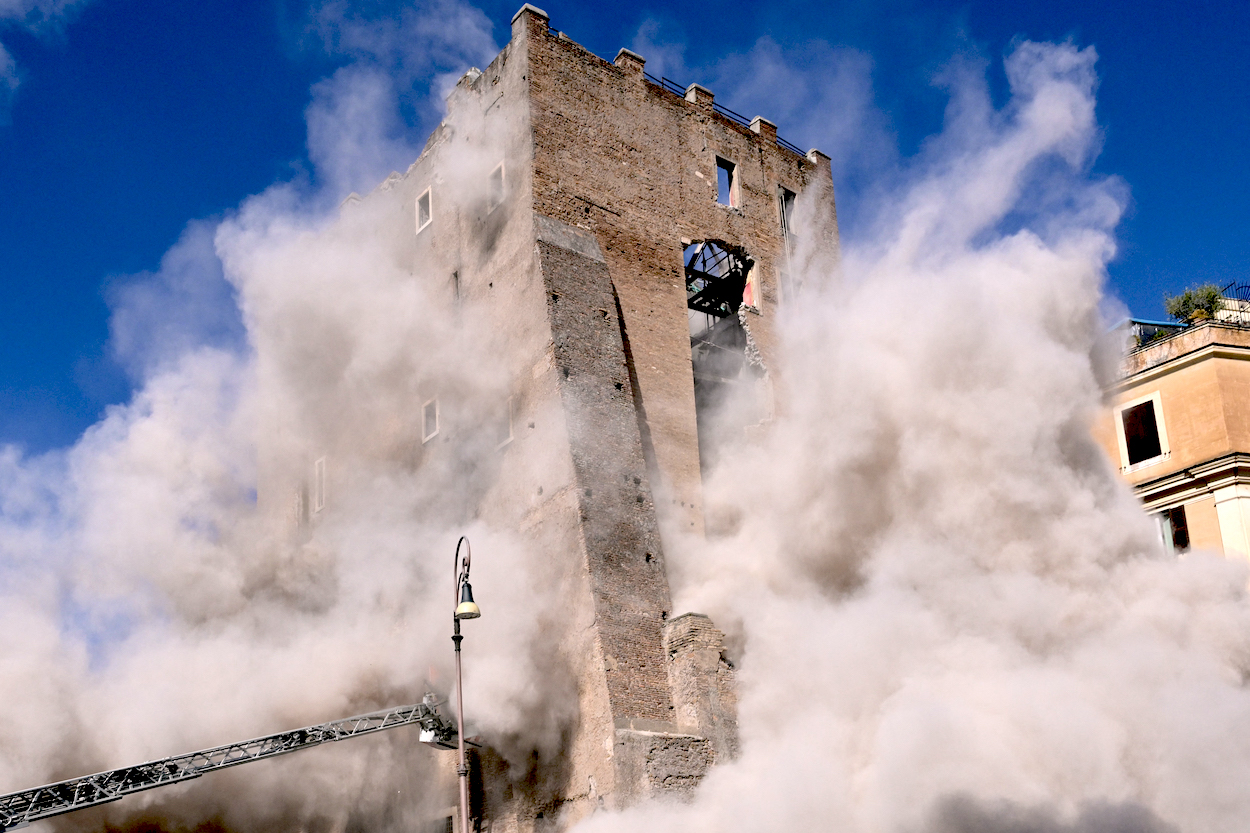
Introduction
The Nanjing Massacre, also known as the Rape of Nanking, remains one of the most horrific events of World War II, reflecting the extreme brutality of warfare. This atrocity took place over a period of six weeks, starting in December 1937, as Japanese troops captured the then-capital of China, Nanjing. Understanding the significance of this event is crucial for comprehending the broader historical context of Japanese aggression during the war and its continued impact on Sino-Japanese relations.
The Massacre: Key Events
Following the fall of Nanjing to the Imperial Japanese Army, soldiers committed widespread atrocities against civilians and disarmed combatants. Historians estimate that between 200,000 to 300,000 people were killed during this period, with numerous reports detailing rampant acts of sexual violence against women and systematic looting and destruction of property. The experience of Nanjing residents during this time was marked by horror and uncertainty, and it was reported that many were forced to flee their homes in search of safety.
International response to the massacre was limited, though a small group of Westerners, known as the Nanjing Safety Zone Committee, attempted to establish a refuge for those fleeing the violence. They provided shelter and protection to thousands of people, risking their own safety in the process.
Historical Significance
The Nanjing Massacre holds a significant place in both Chinese and Japanese history. In China, it is remembered annually, serving as a reminder of the atrocities committed during Japanese occupation. The massacre has become a critical aspect of Chinese national identity and a symbol of suffering and survival.
In Japan, discussions around the Nanjing Massacre remain contentious and divisive. While many acknowledge the events, there are factions within Japan that dispute the scale and specifics of the atrocities, leading to tensions in diplomatic relations between China and Japan. Moreover, the differing narratives of this historical event highlight the varying perspectives on war atrocities and the importance of reconciling historical accounts for future diplomatic relations.
Conclusion
The Nanjing Massacre serves as a stark reminder of the consequences of extremism in warfare and the need for remembrance and education. In confronting the past, both China and Japan continue to engage in dialogues that could bridge gaps and foster understanding. For readers, understanding the Nanjing Massacre is not just about grasping a tragic chapter of history, but about recognising the implications of unresolved historical grievances and the importance of peace in future global interactions.
You may also like

Tragic Collapse of Medieval Tower in Rome

The Role of the Shogun in Japanese History
